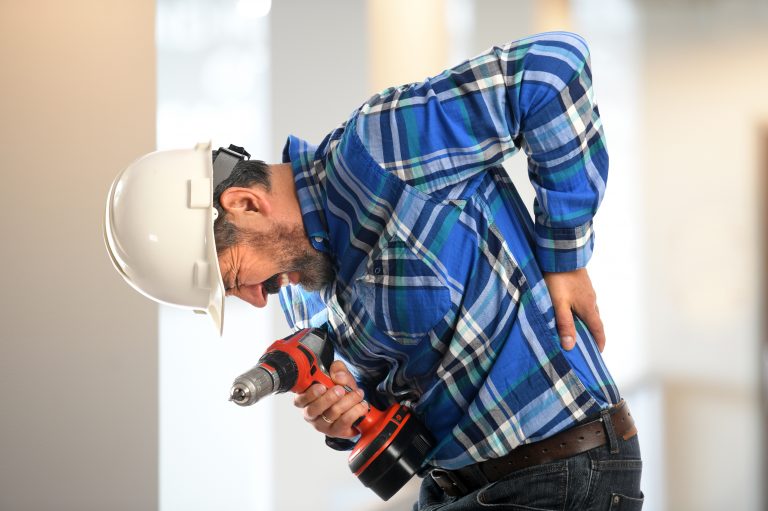The tough outer wall of fibrous cartilage and an inner core of gel-like material is what make up the spinal discs. These structures act like shock absorbers for the vertebrae above and below them but they weaken over time. When this occurs a degenerative disc will often bulge outward as it compresses. If the outer wall begins to press against a nearby nerve root, it can trigger a number of symptoms. Symptoms can occur at the site of the compression as well as along the length of the affected nerve. This is what a bulging disc is.
The pain associated with a bulging disc can range from mild to severe. If you’re experiencing discomfort performing simple physical activities such as bending, sitting, or twisting, it’s understandable why you would want to avoid anything that might exacerbate your symptoms. While high-impact and heavy-lifting exercises should be avoided if you’ve been diagnosed with this condition, severely curtailing physical activity can actually do more harm than good. That’s because prolonged bed rest or inactivity can weaken muscles and cause tendons and ligaments to stiffen. Strong muscles and flexibility help stabilize the spine. This keeps the vertebrae in proper alignment and takes some of the pressure on the compromised nerve root.
Consult a Doctor Before Resuming Daily Activities
Although keeping a certain level of physical activity is important for patients diagnosed with bulging discs, it is equally important to consult with a doctor or physical therapist before engaging in any exercise routine, no matter how gentle it may seem. Some commonly recommended activities include to help increase muscle strength and reduce pain include:
- Select pilates and yoga poses
- Hydrotherapy sessions
- Walking
- Swiss ball stretches for spinal traction
- Improving your posture
- Low-impact cardiovascular exercises such as elliptical machine and stationary bike workouts
Many patients find significant relief from symptoms of a bulging disc through one or more conservative or alternative treatments such as physical therapy, hot/cold compresses, nonsteroidal anti-inflammatory drugs, and chiropractic manipulations.
Bulging Disc Treatment at BEST
If you’re still experiencing neck or back pain due to a bulging disc even after months of conservative treatments, you may be a candidate for minimally invasive surgery offered at BEST Health System. Our procedures are performed by our board-certified surgeons, Dr. Girton and Dr. Abbott, who employ muscle-sparing techniques during the procedures. This means patients can expect the incision to be less than an inch. This in turn gets rid of the need for an overnight hospital stay and reduces a patient’s recovery time.
If you would like to learn more about BEST reach out today!
